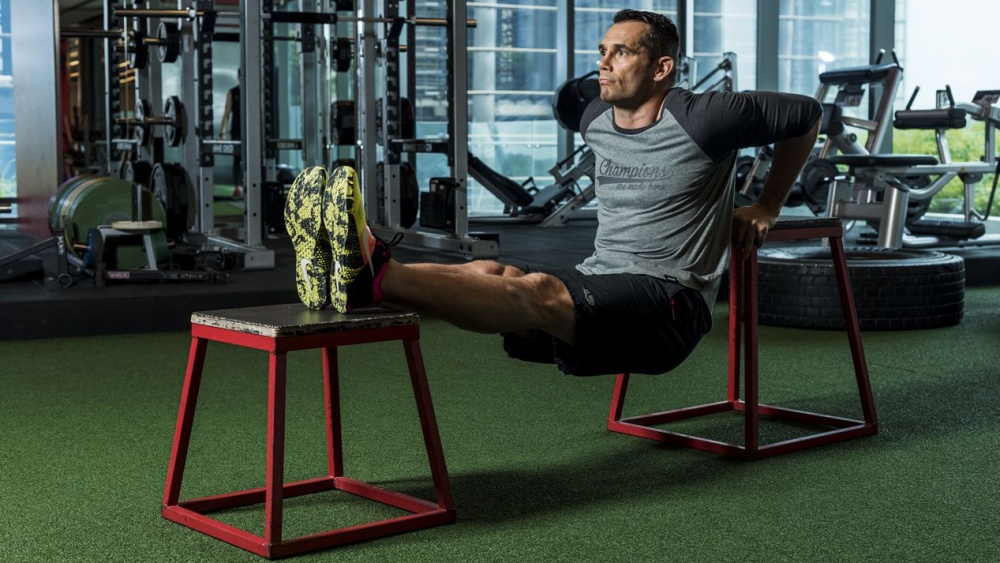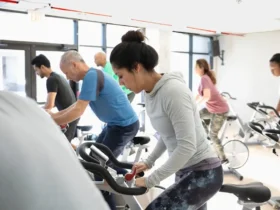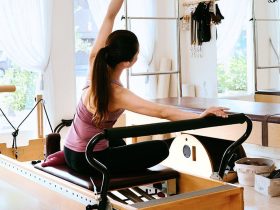Singapore’s fast-paced urban lifestyle has shaped almost every aspect of daily living, from the way people commute to how they eat and even how they exercise. While gyms are popular worldwide, the context in Singapore is unique. The dense city environment, long working hours, and reliance on public transport influence how fitness enthusiasts approach training. For anyone searching for a gym Singapore, understanding these cultural and lifestyle dynamics can help them find an approach that fits seamlessly into city living.
The Demands of Urban Work Life
One of the most significant influences on fitness habits in Singapore is the work culture. With many professionals working in finance, technology, and service sectors, office hours can stretch well beyond the traditional nine-to-five. This reality makes time a scarce commodity and shifts workout patterns in distinct ways.
- Peak Hours in Gyms: Most city gyms see surges before office hours, during lunch breaks, and after 7 pm when the workday ends.
- Preference for Short Workouts: Many opt for high-intensity sessions lasting 30–45 minutes instead of long endurance routines.
- Location Matters: Gyms near business districts, MRT stations, or residential hubs tend to thrive because they reduce commuting friction.
Balancing work and health requires efficiency, which is why many Singapore gym-goers look for flexible schedules and convenient accessibility.
The Role of Public Transport
Singapore’s extensive MRT and bus system plays a direct role in gym habits. Unlike countries where most people drive, many here rely on public transport. This means the location of a gym relative to MRT stations becomes a deciding factor.
For example, someone working in Raffles Place may prefer a gym that allows a quick session before catching the train home. Others may choose gyms closer to their neighbourhood to avoid peak-hour crowds. Convenience becomes more important than luxury because long detours can discourage regular attendance.
High-Rise Living and Space Limitations
With much of the population living in HDB flats or condominiums, space for home workouts can be limited. While some condominiums provide small fitness corners, they rarely match the variety and quality of equipment in dedicated gyms.
As a result, gyms serve not only as fitness centres but also as social and recreational outlets. For many residents, heading to the gym is both a workout and a break from the compact spaces of city living.
Cultural Attitudes Toward Fitness in Singapore
Singapore’s culture places a strong emphasis on productivity and achievement. This mindset often spills over into fitness, where goals tend to be result-driven. Many seek structured programs, measurable progress, and visible outcomes rather than casual activity.
However, there is also a growing awareness of holistic health. Increasingly, people are valuing stress reduction, mental well-being, and functional strength alongside traditional goals like weight loss or aesthetics. This evolution in mindset reflects a balance between the high-pressure work culture and the need for sustainable wellness.
The Rise of Time-Saving Fitness Approaches
Given the urban pressures of Singapore, efficiency is king. This has led to the popularity of fitness formats designed to deliver results quickly. Some common trends include:
- High-Intensity Interval Training (HIIT): Short bursts of intense effort fit well into 30-minute slots.
- Circuit Training: Allows multiple muscle groups to be targeted in a condensed session.
- Hybrid Workouts: Combining strength and cardio in one session saves time without sacrificing results.
These approaches resonate particularly well with working professionals and students juggling packed schedules.
Food Culture and Its Influence on Gym Routines
Another distinctive factor in Singapore’s fitness culture is food. Hawker centres are part of everyday life, and while they offer variety, they also present challenges for those pursuing health goals. Many gym-goers learn to balance indulgence with discipline, adopting practices like meal prepping, portion control, or strategically timing post-gym meals.
The convenience of eating out often means nutrition must be planned carefully. For those who view the gym as part of a broader health journey, striking this balance is crucial.
Community and Social Elements of Gyms in Singapore
Singapore is a highly connected society, and this extends into fitness. Gyms often serve as social spaces where friendships and accountability systems are built. Group classes, in particular, have become popular because they combine efficiency with community.
Community support matters because it helps urban residents combat stress and stay motivated. Exercising in a group setting also provides an outlet from the isolating nature of corporate work.
Technology and Gym Convenience
Urban living also accelerates the adoption of fitness technology. Apps for booking classes, tracking progress, or even virtual personal training sessions are widely used in Singapore. The efficiency these tools provide aligns with the lifestyle demands of the city.
From digital access passes to online scheduling, gyms are increasingly integrated into the mobile-first habits of Singapore residents. This convenience reduces friction and allows fitness to slot more easily into daily routines.
How TFX Singapore Fits the Urban Lifestyle
Gyms that succeed in Singapore are the ones that adapt to city needs. TFX Singapore is an example of how fitness can be structured to match the pace of urban life. By offering well-located facilities, flexible schedules, and a strong sense of community, it supports members in staying consistent despite the challenges of city living.
FAQ
Q. Why do gyms in Singapore get crowded after 7 pm?
A. Many professionals finish work around this time, leading to peak-hour surges. This is why gyms close to offices and MRT stations are especially popular.
Q. Is it practical to work out during lunch breaks in Singapore?
A. Yes, many professionals use their lunch hour for short, intense workouts. The key is choosing a gym close to the office to save travel time.
Q. How do Singaporeans balance hawker food with fitness goals?
A. Portion control, making healthier choices, and using gym time strategically help balance indulgence with discipline. Many also meal-prep for better control.
Q. Do residential gyms in condominiums replace dedicated gyms?
A. While condo gyms are convenient, they are often limited in equipment and space. Dedicated gyms remain popular for those who need variety and structured programs.
Q. Does commuting by MRT affect consistency in going to the gym?
A. Yes, convenience matters. Gyms near MRT stations or located along daily routes make it easier for commuters to stay consistent.









